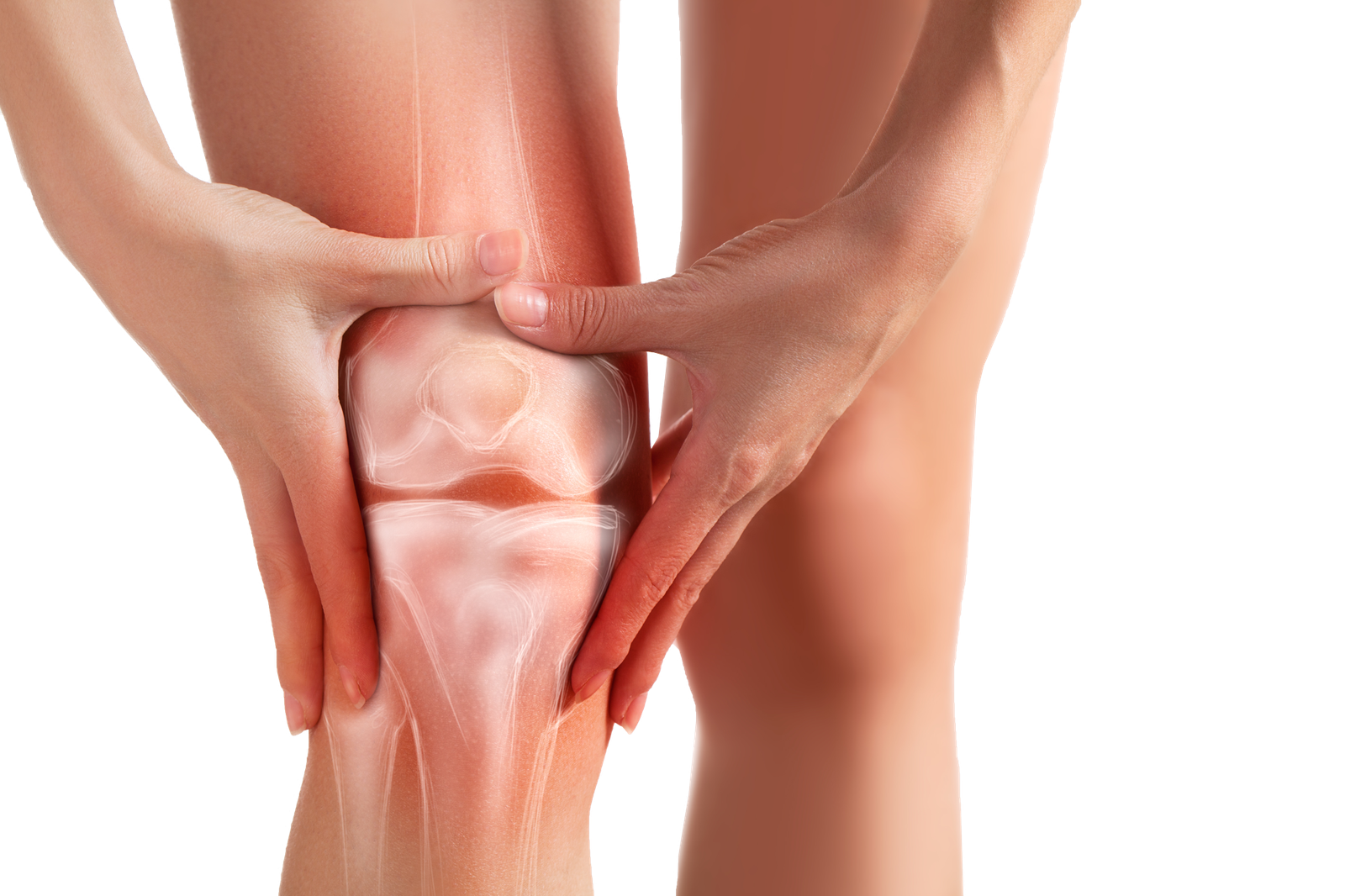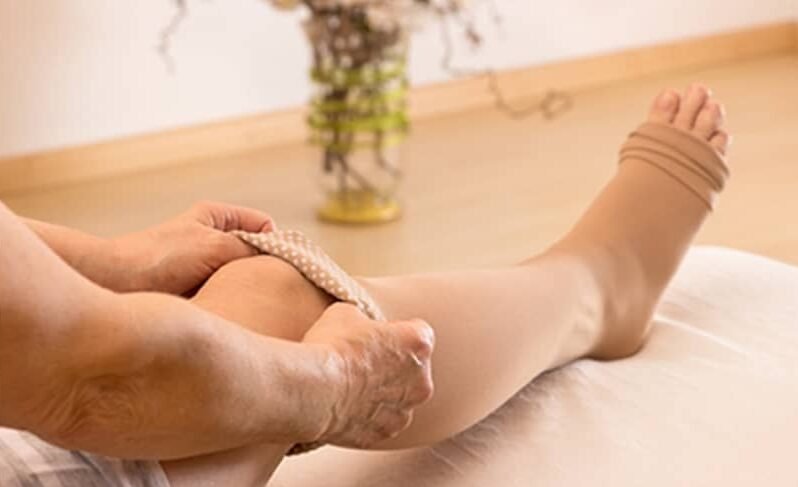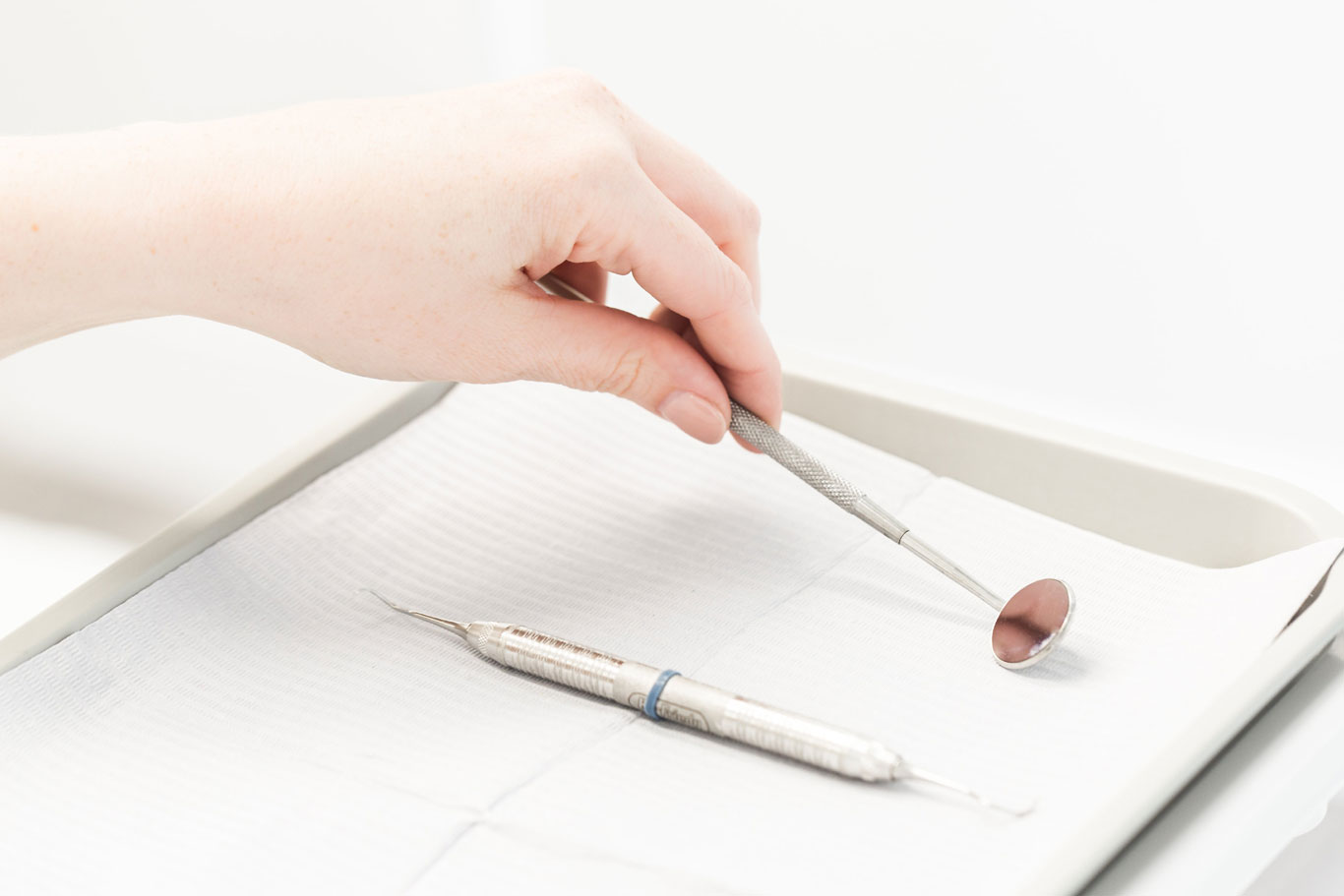What Are The Differences Between Patellofemoral Syndrome And Knee Osteoarthritis?
The condition of knee pain spares no one, regardless of their age or gender. Due to the condition of knee pain, your day-to-day activities and quality of life can be hindered to a great extent. Among all the knee-related disorders, patellofemoral syndrome and knee osteoarthritis are the most prevalent. If you are going through these situations, then read this article till the end as this article aims to enlighten you with all the necessary information like their causes, diagnosis options, and what are some risk factors associated with it. To get a personalized secession to know more about your knee pain condition, contact a knee pain treatment specialists financial district.
Explaining the Differences
Causes
- Patellofemoral Syndrome
This knee-related problem is mainly brought on by incorrect patella positioning along the femur. Jumping, running, or other repeated knee-bending motions, including squatting or leaping, could worsen patellofemoral syndrome.
- Knee Osteoarthritis
Knee osteoarthritis, on the other side, is a form of joint degeneration mainly caused because of aging and knee joint damage. The knee joint's cushioning cartilage weakens as you age, becoming the reason behind discomfort and rigidity.
Symptoms
- Patellofemoral Syndrome
Pain in the outer part of the knee, around or beneath the patella, is generally felt by those experiencing this illness. Going down stairs or seated for a long time while keeping your knees bent could make the discomfort severe. Your knee can become swollen and feel like it is pounding.
- Knee Osteoarthritis
The discomfort linked to knee osteoarthritis is frequently experienced deep inside the cartilage that surrounds the knee and may happen either when moving around or while you are resting. The knee frequently experiences tightness and restricted flexibility. Inflammation and the development of bone spikes are potential symptoms of this condition's progression.
Risk Factors
- Patellofemoral Syndrome
This condition is commonly found in people who have weak thigh muscles or are professional athletes. The following are the risk factors of the patellofemoral syndrome:
- Overuse of the knee
- Muscle imbalances
- Poor biomechanics
- Knee Osteoarthritis
The one significant risk factor that contributes to knee osteoarthritis is aging. Furthermore, being overweight and having precious injuries at the knee, along with hereditary reasons, constitutes its risk factors.
Diagnosis
- Patellofemoral Syndrome
A comprehensive body checkup by an orthopedic surgeon that focuses on the integrity and ability to do movements in the knee is necessary to diagnose this issue. To eliminate additional potential reasons behind discomfort in the knee, diagnostic techniques consisting of X-rays or MRIs could be prescribed.
- Knee Osteoarthritis
A full body checkup is essential for identifying Knee Osteoarthritis, as it is for identifying Patellofemoral Syndrome. X-rays are very useful for identifying the severity of joint injury and validating the medical diagnosis. Contact a knee pain doctor to get a proper diagnosis and knee pain treatment jericho.
Conclusion
This article has illustrated the main differences between patellofemoral syndrome and knee osteoarthritis, like their causes, diagnostic procedures, and risk factors associated with them. If you are experiencing any problem in your knee, it is high time that you consult a Knee Pain doctor in Jericho to prevent any further deterioration of your knee condition.









































